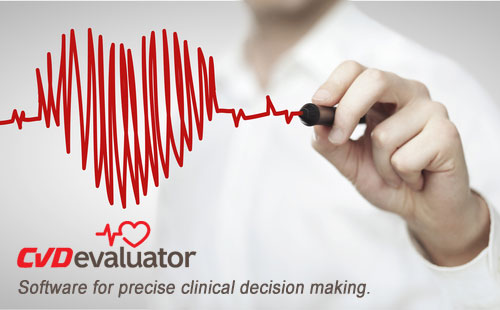What is Hypertension?
For general population hypertension means measurement of systolic blood pressure >=140mmHg or diastolic blood pressure >=90 on 2 separate occasions, although the recent Eighth Joint National Committee (JNC 8) guidelines do not focus on the definition of hypertension or pre hypertension but instead aims to define thresholds for pharmacological treatment. A strong recommendation is made to initiate pharmacologic treatment to lower blood pressure to less than 150/90 mm Hg in hypertensive patients aged 60 or older and to a diastolic goal of less than 90 mm Hg in hypertensive patients aged 30 to 59.
Why is Hypertension Important to Recognize?
Hypertension is the most common condition seen in primary care and leads to myocardial infarction, stroke, renal failure, and death if not detected early and treated appropriately. Hypertension remains one of the most important preventable contributors to chronic disease and death. Abundant evidence from randomized controlled trials (RCTs) has shown benefit of antihypertensive drug treatment in reducing important health outcomes in persons with hypertension.
Are There Different Causes or Forms of Hypertension?
Most of the hypertension in the population is the constitutional form, so called ‘Essential Hypertension’. There are, however contributing or secondary causes such as obstructive sleep apnea, renal artery stenosis, exogenous substances and much more rarely hormone producing tumors. Clinically hypertension presentation may vary from completely silent to life threatening emergencies. The symptom status is important in decision making.
Current Challenges in Hypertension Management
There is considerable public awareness about hypertension and its consequences. While clinicians want guidance on hypertension management using the best scientific evidence, clinical guidelines are at the intersection between research evidence and clinical actions that can improve patient outcomes. However, their adoption has been less than ideal due to the variations in recommendations and difficulties to apply guideline recommendations to individuals with complex medical profiles.
What is the Burden of Hypertension on Outpatient Clinics Managing Chronic Disease?
Simply immense. Outpatient clinics all too often tend to refer so called “hypertensive urgencies” to emergency rooms even if patients are asymptomatic or minimally symptomatic. Evidence based hypertension management, on the other hand requires consideration of clinical status, risk of precipitous drop in blood pressure and familiarity with different antihypertensives. As they proliferate, outpatient clinics will need to be prepared to manage hypertension and its consequences within their bodies
Our Solution
CVD Evaluator. Create a snapshot to triage and manage hypertension and its consequences as per JNC-8 or ASH/ISH guidelines current disease specific decision support systems do not provide the efficiency and accuracy because hypertension, also stage A Heart Failure is a systemic, dynamic process. Instead our individual patient specific software bridging a composite individual profile to guidelines using patented methodology helps providers find the most appropriate and efficient way to treat hypertension, resistant or multi drug requiring hypertension management should always be provided by specialists.

